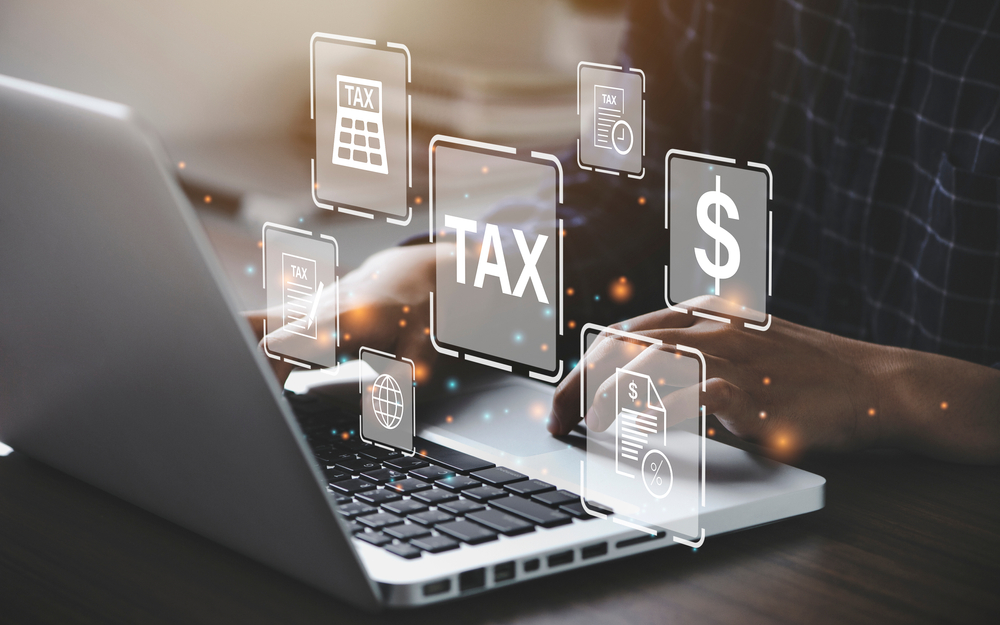The last date to make tax-saving investments for the financial year 2023-24 is March 31, if you have chosen the with-exemptions old tax regime.
While it’s best to plan tax in the early part of the financial year but, even now, you would do well not to wait until the last date, as help you avoid some mistakes that tax-payers make every year.
If you treat tax-planning as an isolated activity instead of an integral part of your overall financial planning, you could end up making costly mistakes.
1. Ignoring existing investments eligible for 80C deductions
Even before you set out to identify the most suitable tax-saving instrument, you need to first ascertain whether you need to make any such investments at all.
If you are a salaried employee, your employees’ provident fund (EPF) contribution will take care of a substantial chunk — or even exhaust — this limit. Many end up making tax-saving investments to exhaust the Rs 1.5 lakh limit without figuring out whether they need to make any in the first place.
Besides, EPF contribution, you should also take children’s tuition fees paid during the year into account.
2. Buying long-term, investment-cum-insurance plans in a hurry
Investment-cum-insurance policies such as participating and non-participating endowment plans come with longer tenures and recurring premium payment commitments, which you may not necessarily be able to meet in subsequent years.
In the case of most policies, returns hover around 5-6 percent over the long term. Should you decide to exit the policy early due to a financial crunch or the realisation that the policy is unsuitable, you will have to forgo a huge part of the premiums paid.
Financial planners, however, are unanimous in recommending a pure protection term plan to ensure the financial security of your dependents in your absence and investments in mutual funds for achieving long-term goals.
3. Using credit cards to buy policies without enough savings to clear dues
If you have not started tax-planning earlier in the year, you could find yourself in a catch-22: additional tax outgo in January and February might result in a liquidity crunch even as you rush to meet the March 31 deadline.
This could compel some tax-payers who are short of funds to swipe their credit cards to, say, buy life insurance policies.
Credit cards come with annual interest rates of 39-44 percent per annum and a delay in clearing the dues on time can lead you to a debt trap. It is best to use credit as just a spending, and not borrowing, tool and only when you are confident that you can pay off the bill in the subsequent month.
4. Putting off tax-saving exercise till the last minute
Complete the tax-saving exercise in March rather than in the early part of the year is a mistake you must avoid next financial year.
Putting off the task to the end of the year leads to several challenges. For one, you could fall short of funds in March to make a huge investment in one go.
Instead, adopt a systematic approach towards tax-saving investments to ensure that you do not feel the heat in March — start a SIP in April 2024, increase your National Pension System (NPS) and VPF (voluntary provident fund) contributions every month or start investing in Public Provident Fund (PPF) every month through the year.
Besides ensuring less strain on cashflows, a systematic approach to investing in ELSS funds, for instance, will also help you tide over turbulent market conditions.






